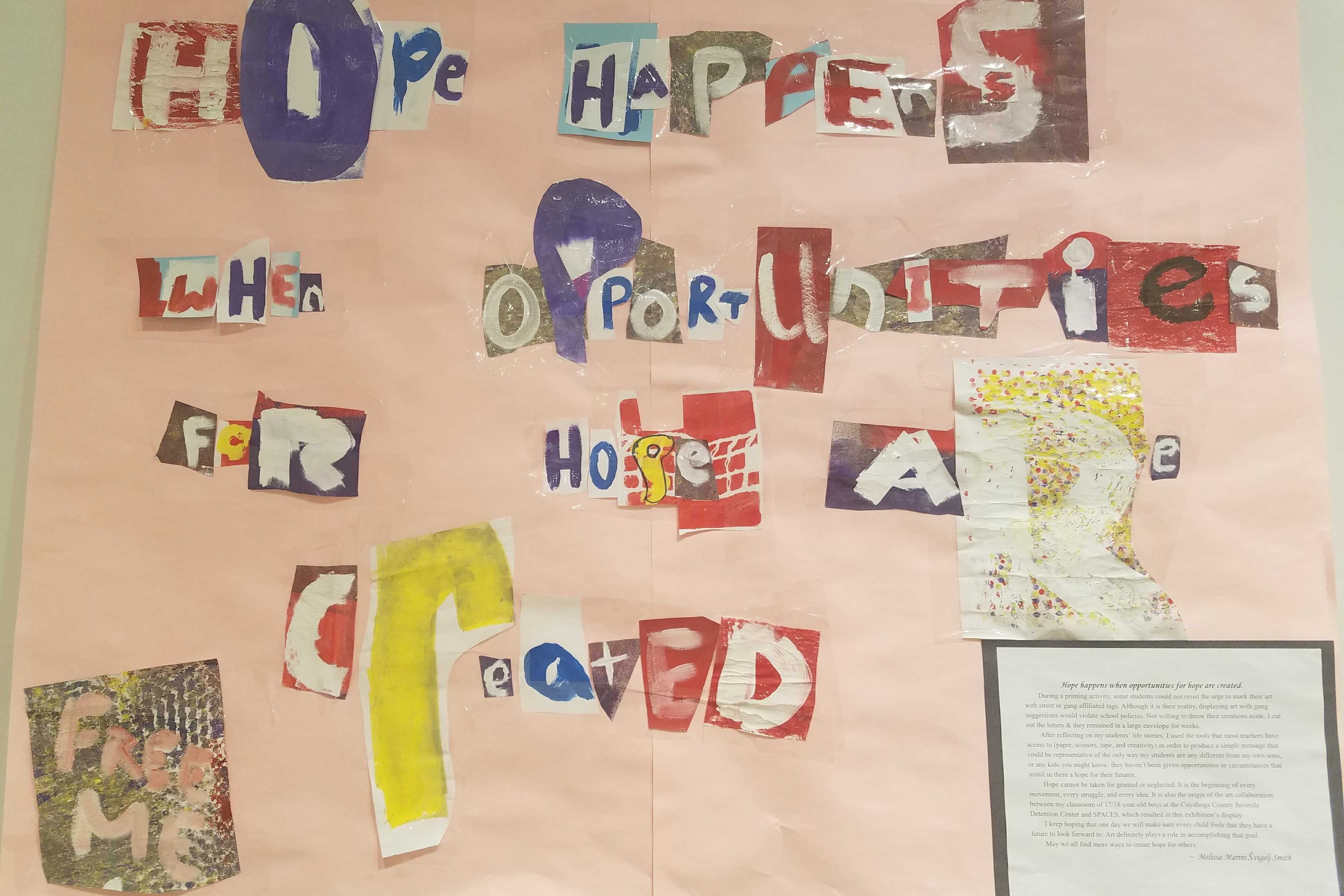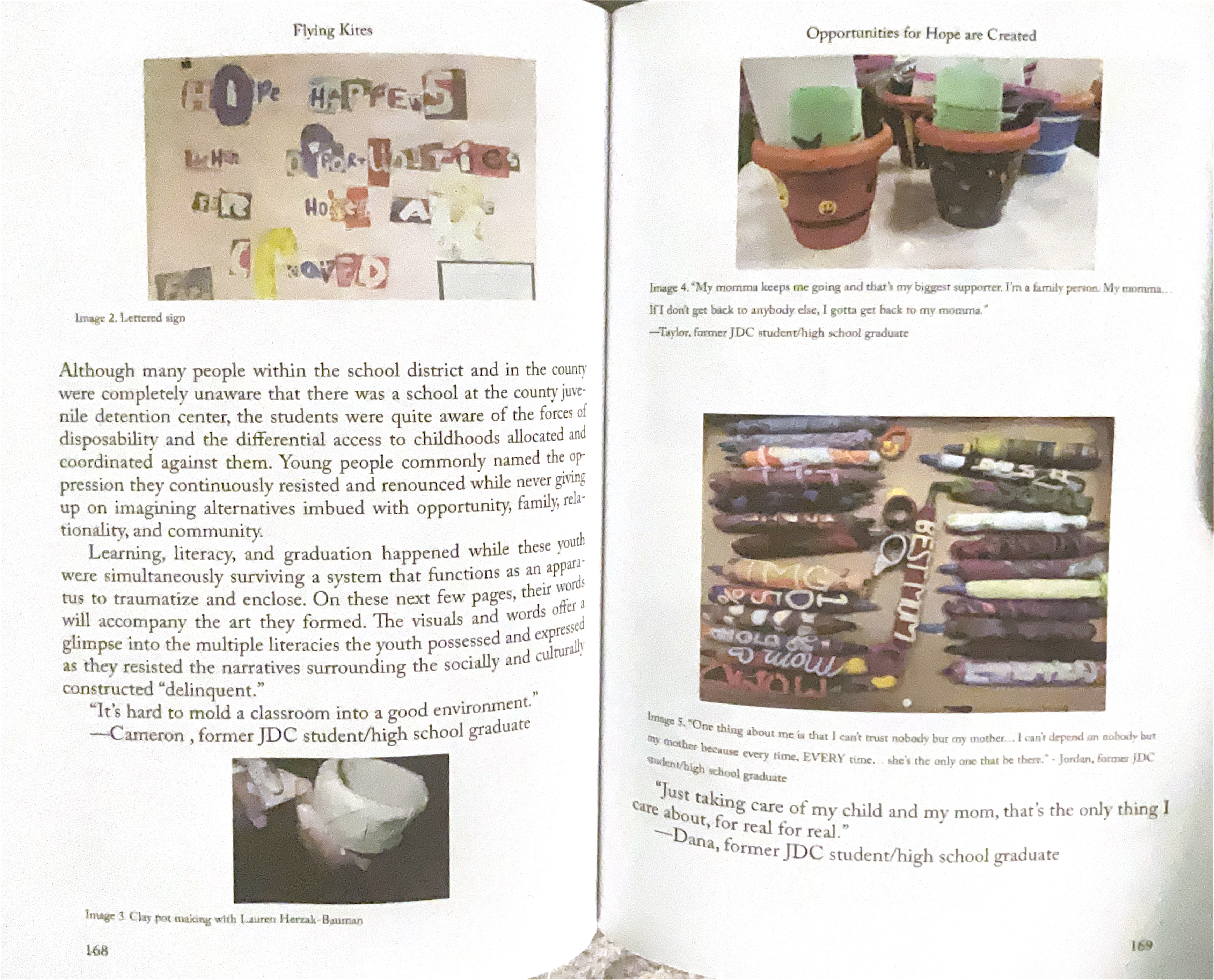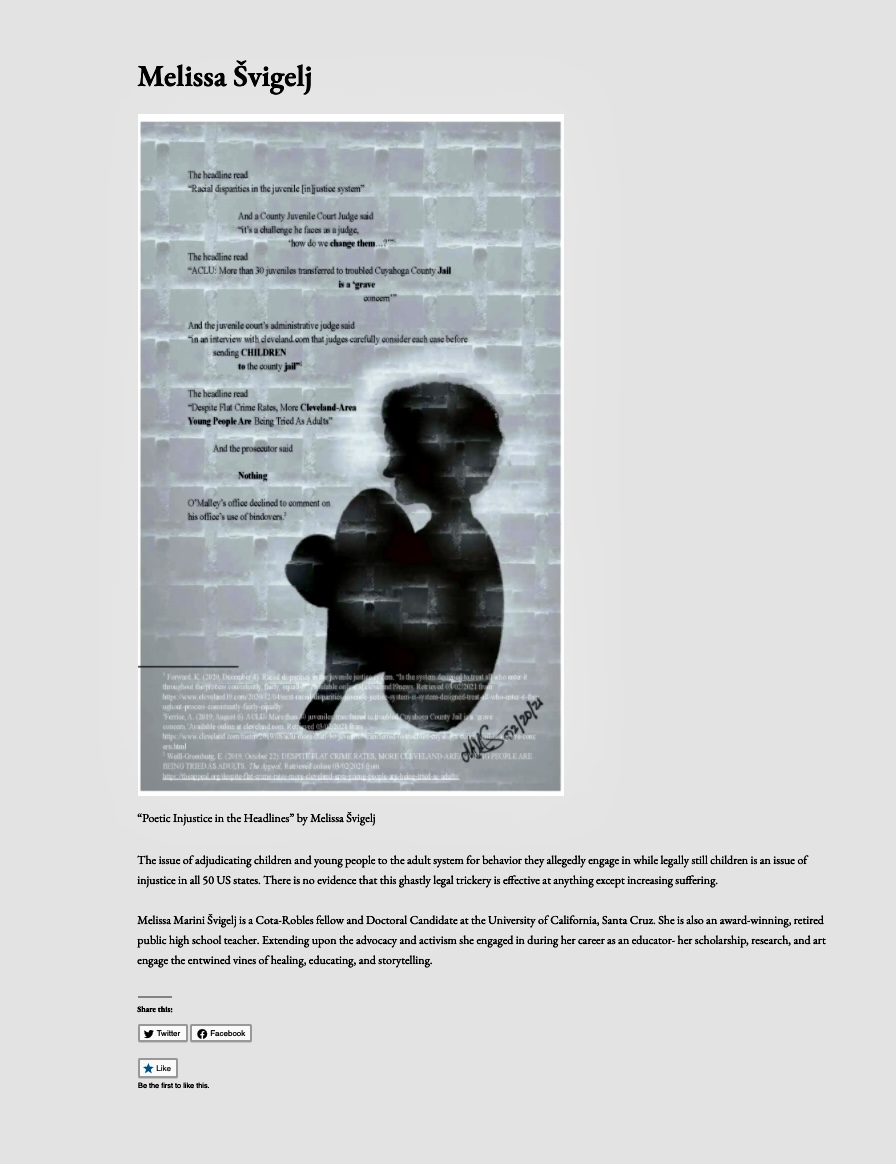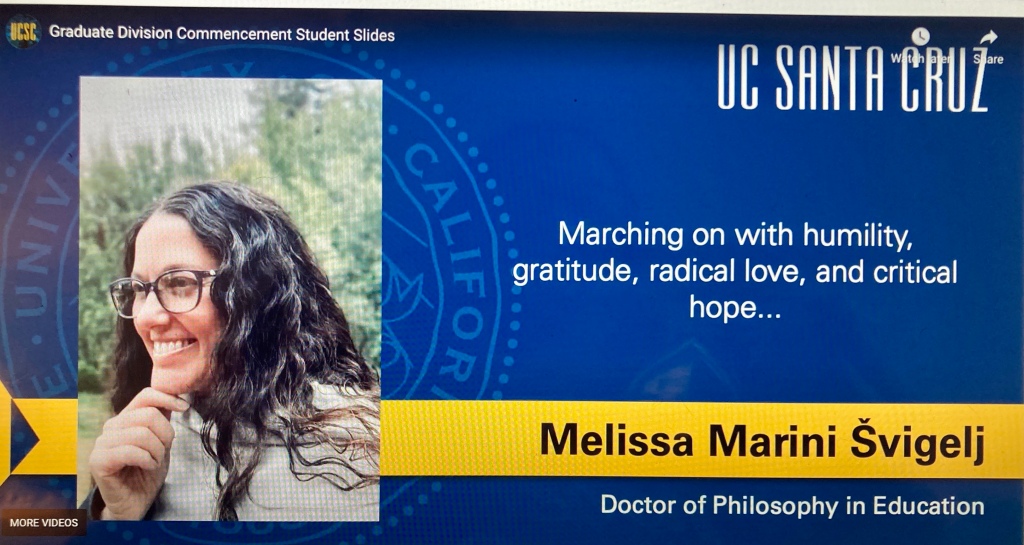




Creating compassionate conditions
Educational Justice & Educational Civil Rights in Youth Detention Spaces
How do we create conditions for becoming while sabotaging and escaping a system designed to extinguish and inter?
As a practitioner, scholar and advocate, Dr. Švigelj has decades of experience creating compassionate classroom conditions in public high schools and for youth in juvenile detention while advocating for an end to carceral practices.
Relational Learning
You are invited to engage with the entwined vines of care and education forged and sprouted from roots of radical love and nurtured/nourished by the wisdom of progenitors and their consciousness, conscientization, conscientização. Creating compassionate conditions for relational learning includes educators emancipated from mere explicators– those who embrace “the quality of becoming more and more open to feeling the feelings of others” (Freire, 1990, 158).





The ICYJ is a partnership between James Madison University and the RFK National Resource Center for Juvenile Justice. Its shared mission and goals include national and international leadership for positive innovation in policy and practice in youth justice systems.

Department of Justice Studies at James Madison University
Dr. Švigelj is an Assistant Professor in the Department of Justice Studies at James Madison University in Virginia, U.S.A.
From the blog
-

Witnessing White Supremacy on the West Coast
I argue that many West Coasters need to honestly examine their everyday actions and ask if what they are doing in their daily lives is actually protecting and caring for the Black lives that they proclaim to matter on their bumper stickers and social media posts.
-

Excerpts from my chapter in Radically Dreaming: Illuminating Freirean Praxis in Turbulent Times (DIO Press)
Political apathy and social indifference pervasive in the attitudes of local city and county officials that inequitably allows for certain childhoods to be spent in uncertainty and captivity does not go unnoticed by students.
-

The Rick Smith Show from 3-14-2017
We keep fighting for what’s going to benefit all of us instead of just those at the very top and stop letting them dictate the narrative…

